It’s a given.
The ad creative is an essential element of an app publishers’ user acquisition strategy.
While targeting matters, the creative itself is just as important.
With the seismic industry changes induced by the ATT framework, optimizing creatives has become one of the most effective ways to grow your app’s user base cost-effectively.
In response, many mobile publishers have shifted their focus towards producing more creatives.
However, the key to success is not simply about quantity. It’s also about improving the overall process for creative analysis, production and testing.
In this article, we will review 6 optimization techniques every app publisher should leverage for their ad creatives.
Tip 1. Empower your creative teams with actionable data
The problem
The lack of access to ad performance data is a major problem for creative teams, and their associated mobile agencies.
It prevents them from understanding the impact of their creative work and how it translates into results. Often, they rely on their UA and marketing teams, but the data they get from ad networks isn’t easily actionable for creative insights.
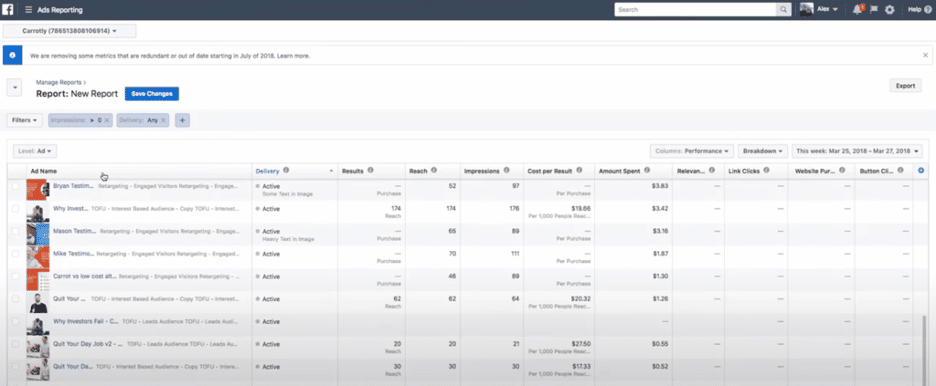
The challenge: turning ad creative performance data into insights for creative teams.
Besides, mobile app companies leverage many different networks for UA, such as Tiktok, Facebook, Google, Snapchat, Unity, etc.
Data about creative performance is scattered.
MMPs and ad networks can give insights about how well a specific campaign does, but not how well a creative does. Creative teams end up spending a lot of time manually pulling data from different sources and crossing data tables.
Replai interviewed creative strategists from top mobile companies to understand how they spend their worktime. What they discovered is that a large portion of their workweek was dedicated to analyzing data.
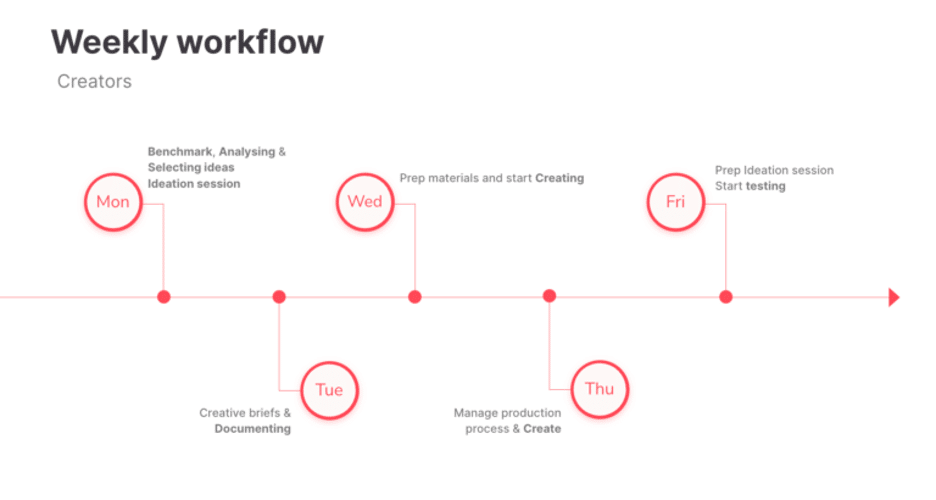
A typical week as a creative strategist working for a leading mobile app publisher
Advice for mobile publishers
To optimize creative output, mobile publishers should make the creative analysis process quicker and simpler.
They need to ensure that UA and creative teams are not working in silos – that means, creative teams should be given direct access to creative performance data.
But let’s be honest here. Creative teams are not data analysts. If you just share with them data tables full of metrics and numbers, you’ll only get them confused.
That’s why it’s important to equip creative teams with a solution that provides creative insights in an easy-to-understand format. Creative teams need visual performance analytics for ad creatives, so they can quickly identify the creative elements that are performing well and the ones that need improvement.
- For instance, creative teams can find out that featuring character A instead of character B in an ad drives better IPM.
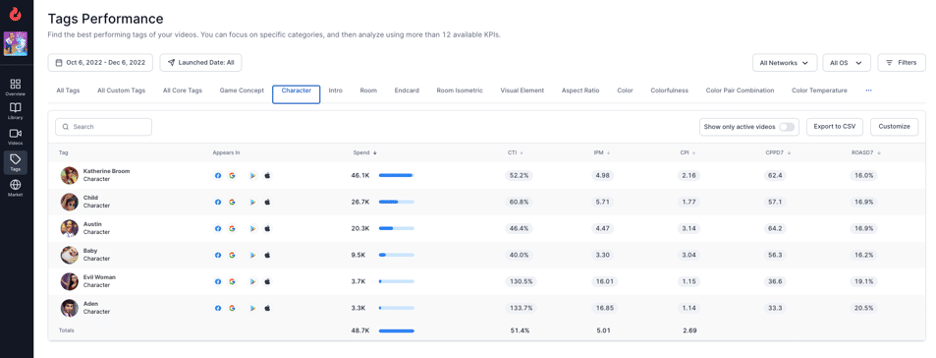
A platform like Replai make it easier for creative teams to analyze their work down to specific creative elements.
Tip 2: Tag your creatives to identify key performance drivers
At PocketGamer Connects Helsinki 2022, Anti Paikkala, Head of Marketing at Small Giant Games, gave the following recommendation:
“Use creative tagging as much as possible because it’s free for you to do, to follow all of the elements that are within your creative. It’s just a simple setup, in basically any sheets-based tool. Do that tomorrow if you’re not already doing it today.”
Creative tagging is the process of assigning labels to your creatives, to flag elements or concepts – such as creative type, player motivation, objects, elements, etc.
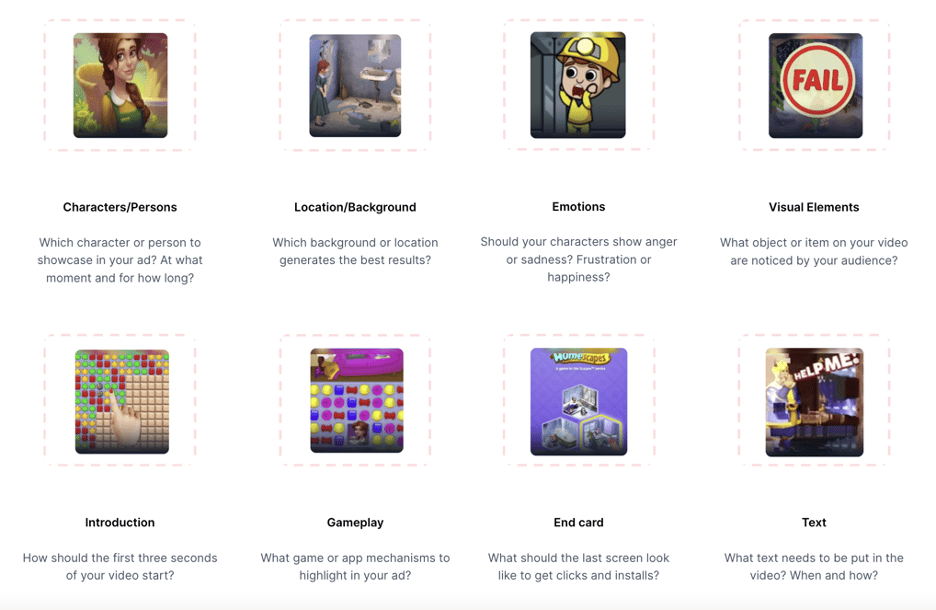
Examples of tags you can apply to your creatives
All the leading mobile app publishers have a system for tagging creatives – either manual or automated. Tagging creative is key if you want to understand which creative elements are driving performance.
For instance, mobile marketers can tag creatives by type. See for example how Matej Lancaric classified creatives for Marvel Snap by:
- User Generated Content creatives
- Gameplay
- CGI creatives
- Gameplay mixed with upgrades
- Influencers/Celebrities videos
They can also deep dive further into the creatives to identify specific elements.
For example:
- Characters or people
- Location/backgrounds
- Emotions (anger, frustration, happiness, lust)
- Player motivation (as referenced in Facebook’s Big Catch playbook)
- Any visual elements (animals, objects, emojis, etc.)
- Gameplay footage
- Intro types
- Endcards
- Text, such as CTA
- Music
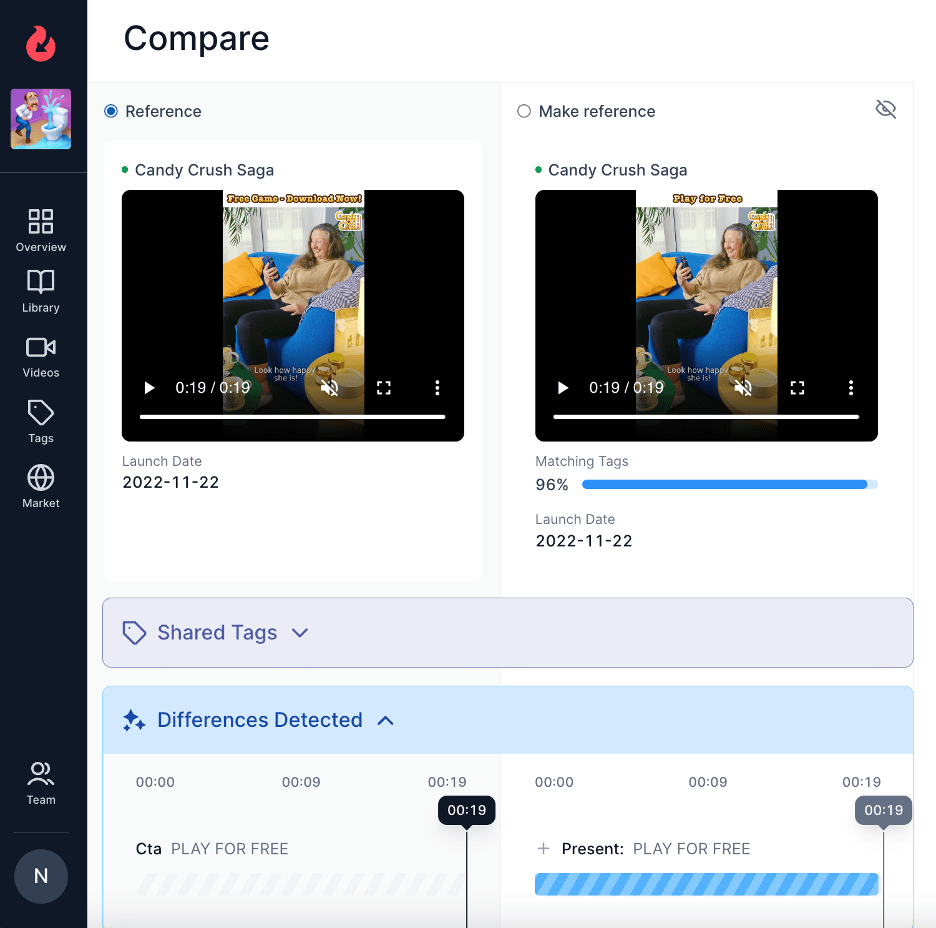
Candy Crush Saga tested two creatives with different CTA text to understand what’s driving the best performance. Two versions of the same creatives were launched on Facebook, the only difference was the text at the top: “Free Game – Download Now!” and “Play For Free!”.
The more effort you put into thinking about your creatives, the better they will be. If you figure out which elements work best, you can make future creatives that fully resonate with your audience.
However, tagging creative is not an easy task.
Many app publishers do this work manually on Google spreadsheets, which is time-consuming, boring, and not scalable.
Cross-refencing creative tags with creative performance is also a long and tedious process.
Tools like Replai aim to solve these issues by automatically tagging creatives using the latest AI technologies. By cross-referencing tags with ad performance, app publishers can unlock new levels of insights about their creatives.
Tip 3: Keep iterating on your creatives (but keep track of your iterations)
The leading mobile app publishers produce between 20-100+ creatives per week for their UA campaigns.
Unfortunately, on average, more than 90% of those creatives don’t pass their ad testing processes.
A lot of these new creatives are iterations of existing concepts (e.g., taking a successful creative and making small changes to it), while others are entirely new ideas.

Creative fatigue is a real issue for mobile marketers – it greatly affects UA performance.
To avoid this, ad networks such as Meta recommend updating creatives on a regular basis.
However, constantly making new creatives can quickly become overwhelming.
Because ad creatives are scattered over ad networks, campaigns, ad groups, and ad testing sets, mobile marketers need to be extremely organized to maintain control. They need to be fully aware of the ad creative landscape they generate for their app.
A solution for them is to use a consolidated creative library that keep tracks of all the creative iterations ever launched – along with their associated data.
Besides, they can also resort to clear naming conventions for their creatives, which can include:
- The creation date (e.g. “22-11”)
- A specific reference number (e.g. “creative 100930”)
- The creative type (e.g. “UGC”)
- The format and time (e.g. 1920×1080 30s)
- A brief description of the creative (e.g. horrorshow)
- The networks where the creative will be used for (e.g. FB/Snap)
- The language of the creative (e.g. EN, DE, FR)
- The creative owner, such as the name of the agency or designer (e.g. Vincent)
Creative names can then follow a consistent template, such as:
“YYMM – Ref number – Creative Name – Creative Type – Format – Language – Ad Channels” (example. 2211 – 00499 – Shooting stars – CGI+Gameplay – 1920×1080 30s – EN – FB/G/TK)
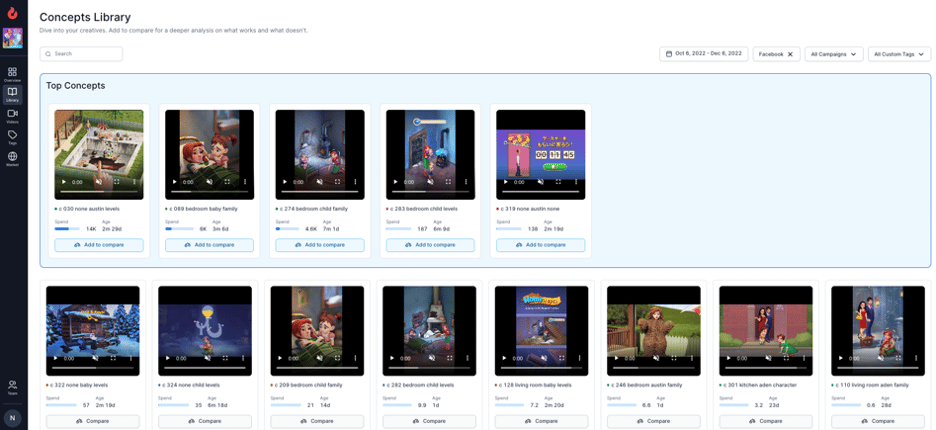
Managing and keeping track of an ever-increasing number of creatives is a challenge for mobile marketers.
Tip 4: Nail your concept before you waste money on creative testing.
In a post-IDFA world, creative testing is becoming more and more essential, and more and more sophisticated.
To keep UA performance up, mobile marketers need to build the next winning creatives. Only the testing of creatives can help find the next hero concept.
The issue is that testing a lot of creatives is costly.
First, publishers spend a lot of money on creative production, and then on the actual A/B tests.
On top of that, tests may not always be scalable: if you’re only testing one creative element on Android/Facebook in, say, France, it doesn’t mean that the same creative will be successful on other platforms, networks or countries. This is a headache the industry hasn’t solved yet.
How to make creative testing less expensive?
Before testing your creatives, it’s essential that you have a process in place for filtering and optimizing the creatives you plan to test.
The goal is to ensure that your tests are effective.
Start by brainstorming with your team (and mobile agencies) on the creative ideas you want to test.
How about adding emojis across your BAU creatives? Have you tried using celebrities to promote your app?
The reality is that creative discussions always lead to debates about what to build next.
The best practice is to always dive into your past data to see if there’s anything that validates a debated concept.
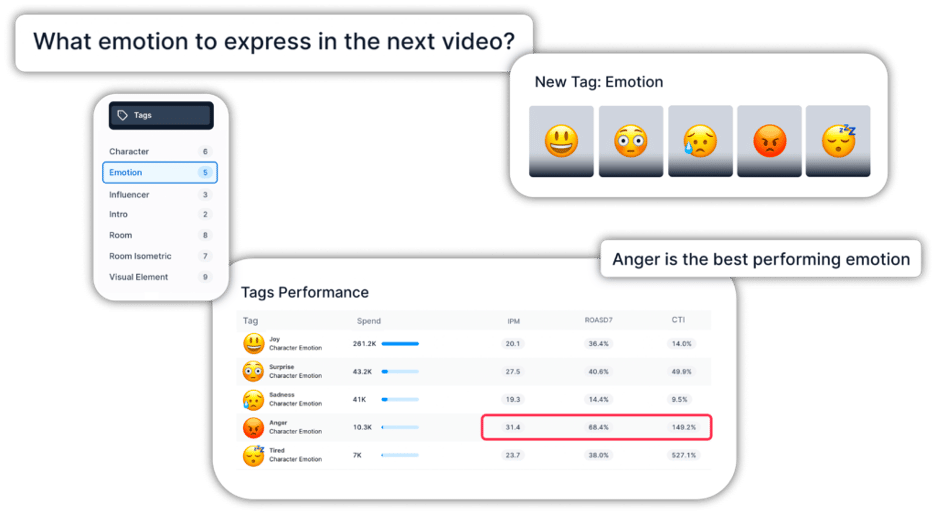
If you’re brainstorming for new creative ideas, always check past results to validate your hypothesis.
Another important element is to make sure competitors’ creatives are also brought to the debates.
Tip 5: Keep monitoring your competitors’ creatives.
With the ad landscape being so dynamic, app publishers must stay on their toes. App publishers and gaming companies are always coming up with new ad creatives and ideas in hopes of going viral.
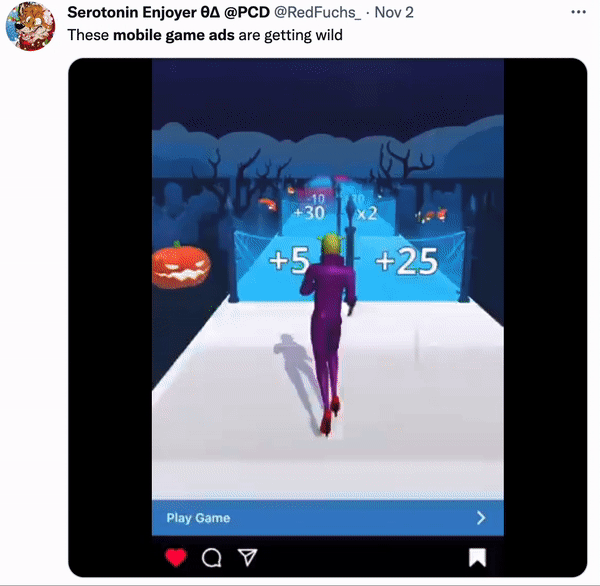
The ad creative from Twerk Race 3D (publisher: Freeplay LLC) didn’t go unnoticed on Twitter#image_title
To stay ahead of the curve, mobile marketers should consider dedicating at least one weekly competitive analysis session.
In a recent webinar about creative optimization, Gal Moalem, Creative Team Lead at BeachBum Games commented about competitors’ creatives:
“We’re looking at different competitors’ creatives, doing our research, we watch them together during brainstorm sessions, and discuss to identify what’s working.”
With this time, publishers can identify what their competitors are doing that theyr haven’t yet tried. It can even be about specific creative elements, such as CTA copy, or special character moves. Analyzing competitors’ creatives offer great opportunities to find and test new concepts.
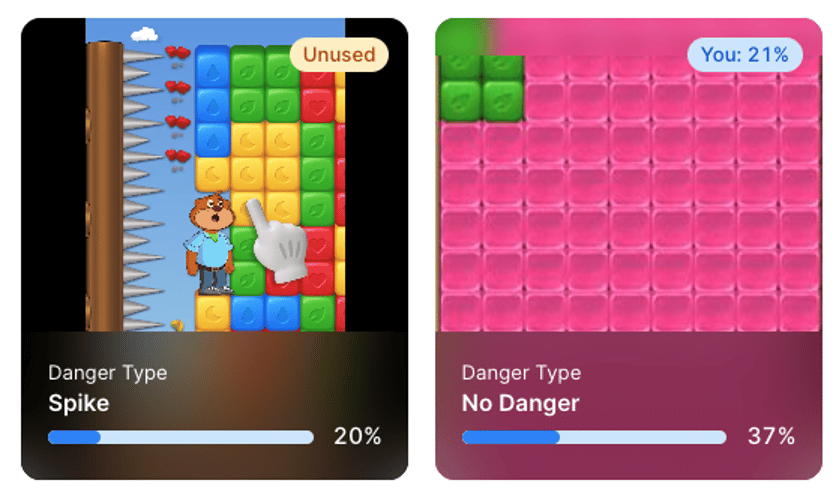
Replai helps finding creative elements that competitors are using for their ads, and compares with a publishers’ own creatives.
Tip 6: Centralize your creative learnings (and don’t forget them)
Ad creatives generate a mountain of data that publishers can learn from, both the good and the bad experiences.
Capitalize on this information by:
- Noting down all comments and observations you find about your creative performance > these are your learnings. A “Do’s and Don’t” classification is a great starting point.
- Sorting out all your learnings so they can be accessed at any time. Remember that learnings can vary by country, ad networks, audience targeting groups, and platforms.
- Leverage your learnings whenever you are creating new creatives
The advice here is to create a library of ad creatives’ learnings. In this way, publishers will be able to construct a feedback loop where every creative launched can glean information about what is successful or not for a specific audience, ad network, country and campaign.
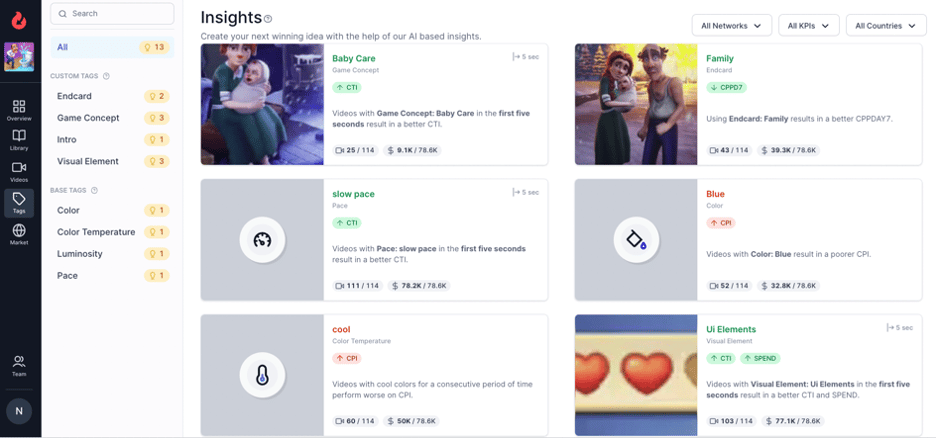
Replai offers an AI-powered best practices library for creatives based on their performance, to automate insights and save time.
And here is for your virtuous circle of creative production and optimization.
May it bring the UA results all app publishes are dreaming of in this post-IDFA world.




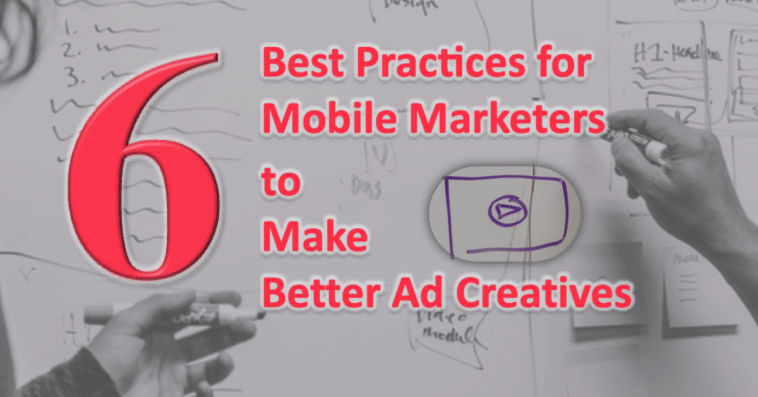
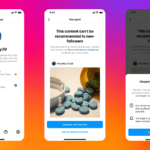

Comments
Loading…